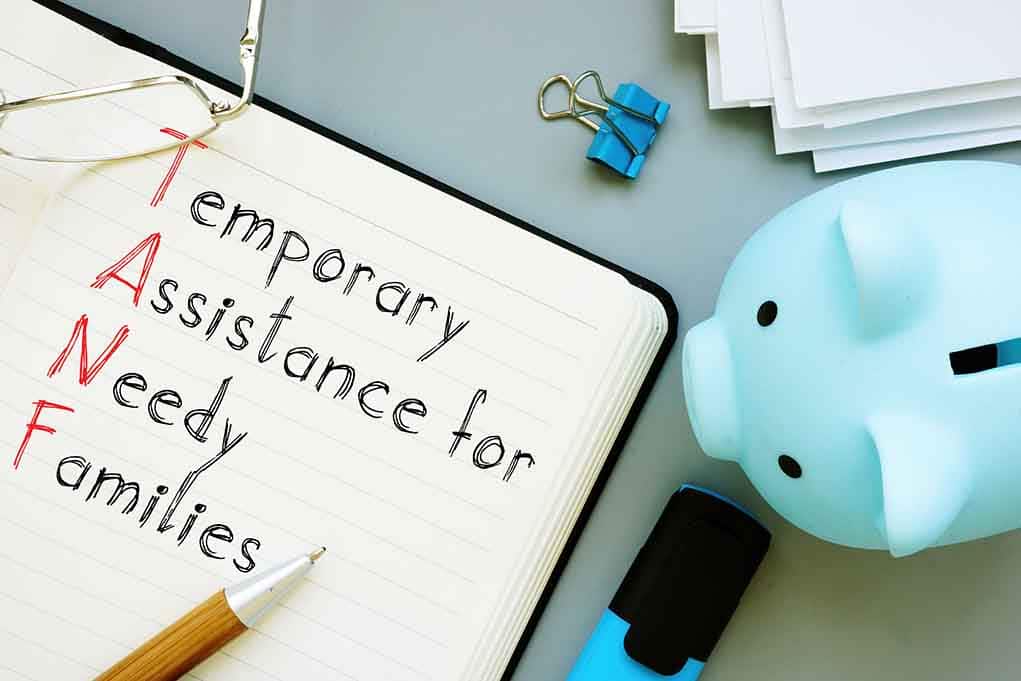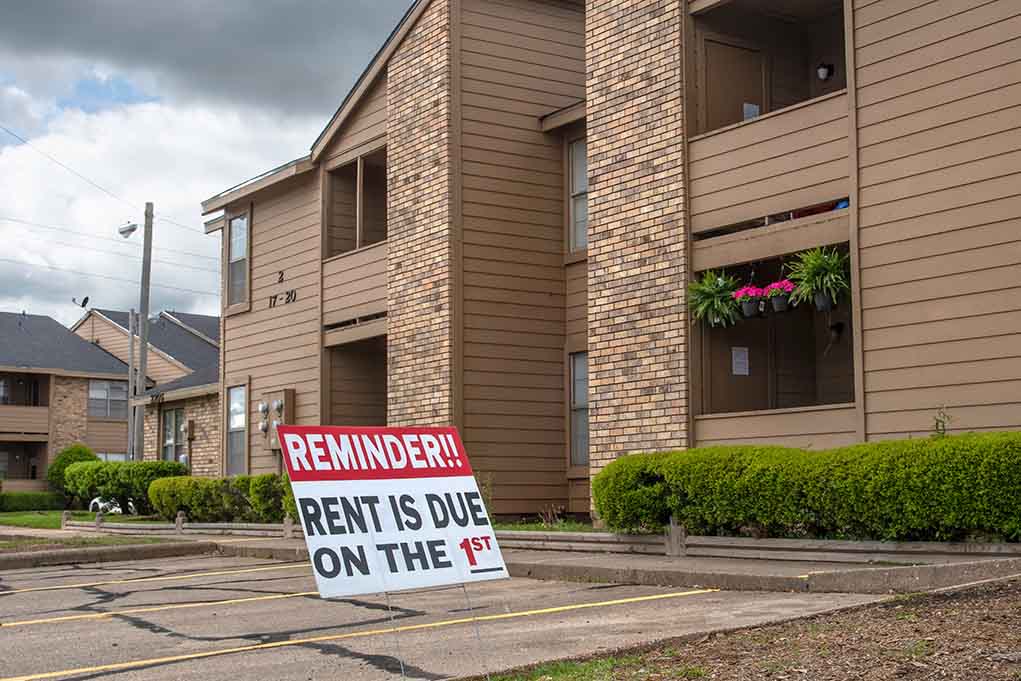
Thinking About The Housing Choice Voucher Program? Here’s What You Need To Know
(ReliableNews.org) – Extremely low-income families and elderly and disabled individuals can obtain a number of different types of federal assistance depending on their needs. This includes assistance with housing costs through the Housing Choice Voucher Program (Section 8).
Understanding the Housing Choice Voucher Program
The Housing Choice Voucher Program is offered by the federal government to provide housing assistance to qualified applicants. Administered by the United States Department of Housing and Urban Development (HUD), this program provides struggling individuals and families with the ability to find rental housing that meets their needs and HUD’s standards in their area. The government then provides a subsidy to help the participant afford rent.
Funds are dispersed to Section 8 housing participants through local Public Housing Agencies (PHA), and eligibility is based on total gross annual income and family size. HUD requires PHA’s to ensure that 75 percent or more of its participants are at 30 percent or less of the local median income. Additionally, this program is limited to United States citizens and immigrants with permanent resident status. Temporary and undocumented immigrants are generally not eligible.
How Does It Work?
The following are common steps to obtain Section 8 benefits.
Application Process
Hopeful applicants can apply for the program through their local Public Housing Agency. If you are unsure where to find this, HUD provides a search tool to help you. It is common for participants seeking public housing to exceed the resources that the PHA currently has available for that area. In this case, these participants will be placed on a waiting list. Applications are considered on a needs basis so that priority can be given to those with the most need, such as the homeless or those in unsafe housing. Following this are people who pay more than 50 percent of their income for rent, and finally, those who are being involuntarily displaced.
Finding Housing
Once a participant is selected to receive assistance, they are encouraged to look at several available options to find the best housing for their needs. The PHA will calculate the amount of assistance you can receive, generally ensuring that the rent paid by the participant is less than 30 percent of your income.
Qualifying housing choices include trailer homes, apartments, duplexes, townhouses, and single-family homes. Qualifying locations are not limited to government housing projects, and sometimes participants can even use the funding to purchase a modest home.
In order for the participant’s rent to be paid, the property’s landlord must agree to participate in Section 8 housing. The dwelling must meet HUD’s quality and safety standards, and the PHA must approve the housing unit. The participant will also be required to pay the security deposit and other deposits and monthly utility payments on their own. Additionally, the tenant cannot violate the terms of their lease.
Receiving the Subsidy
The PHA enters into a housing assistance payment contract with the landlord that lasts the length of the tenant’s lease. Monthly subsidy payments are usually paid directly to the landlord (and sometimes to the tenant), with the tenant required to pay any remaining amount over the subsidy.
Am I Eligible?
The participant must provide information on family size, household income and assets, and citizenship status during the application process. The PHA then compares this information to the area’s median income for your family size. This information, along with your current housing situation, whether you are being displaced, and how much of your income you spend on housing, determines your place on the waiting list. If you have questions about your area’s specific requirements, contact your local PHA.
Copyright 2022, ReliableNews.org










